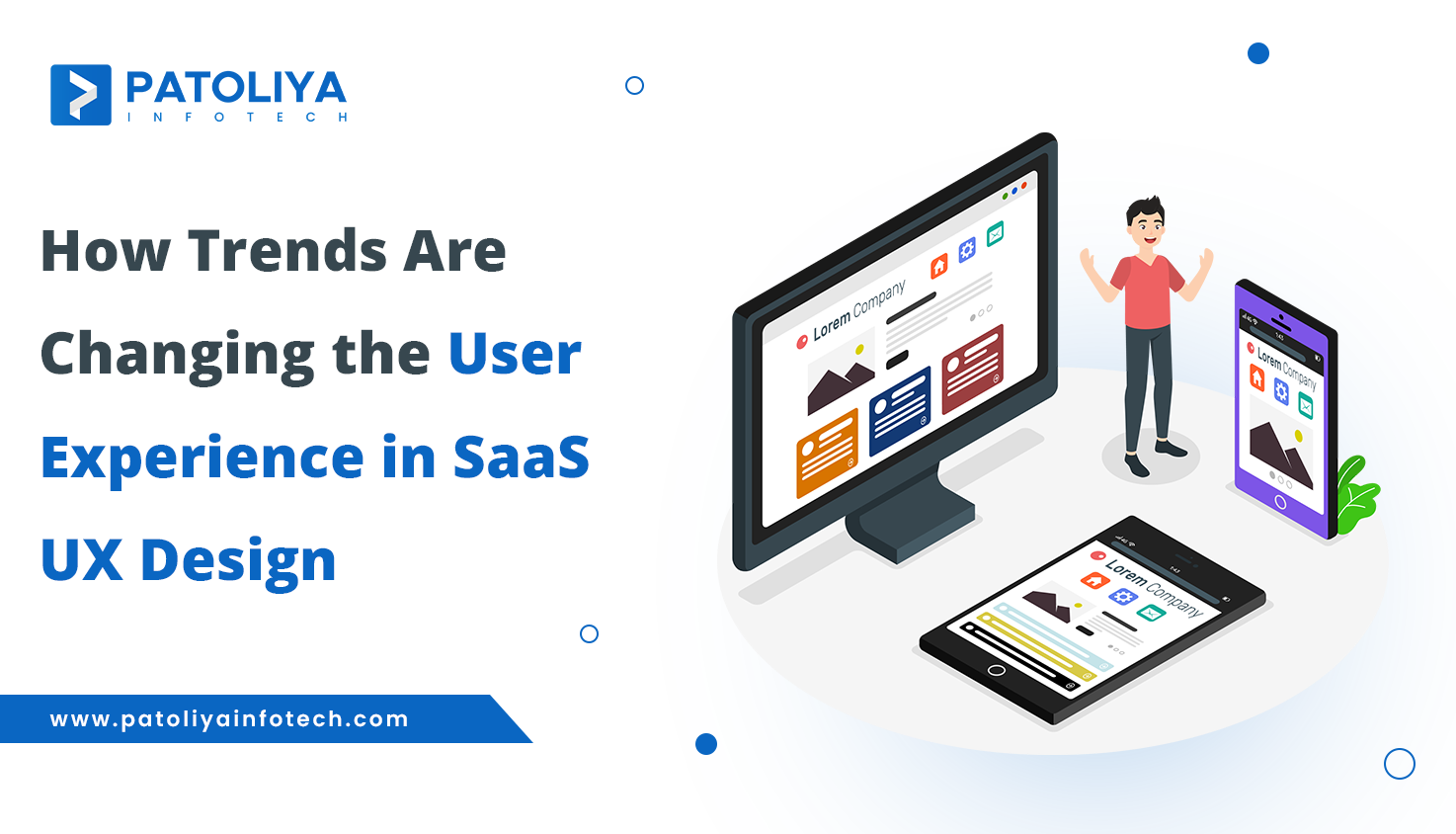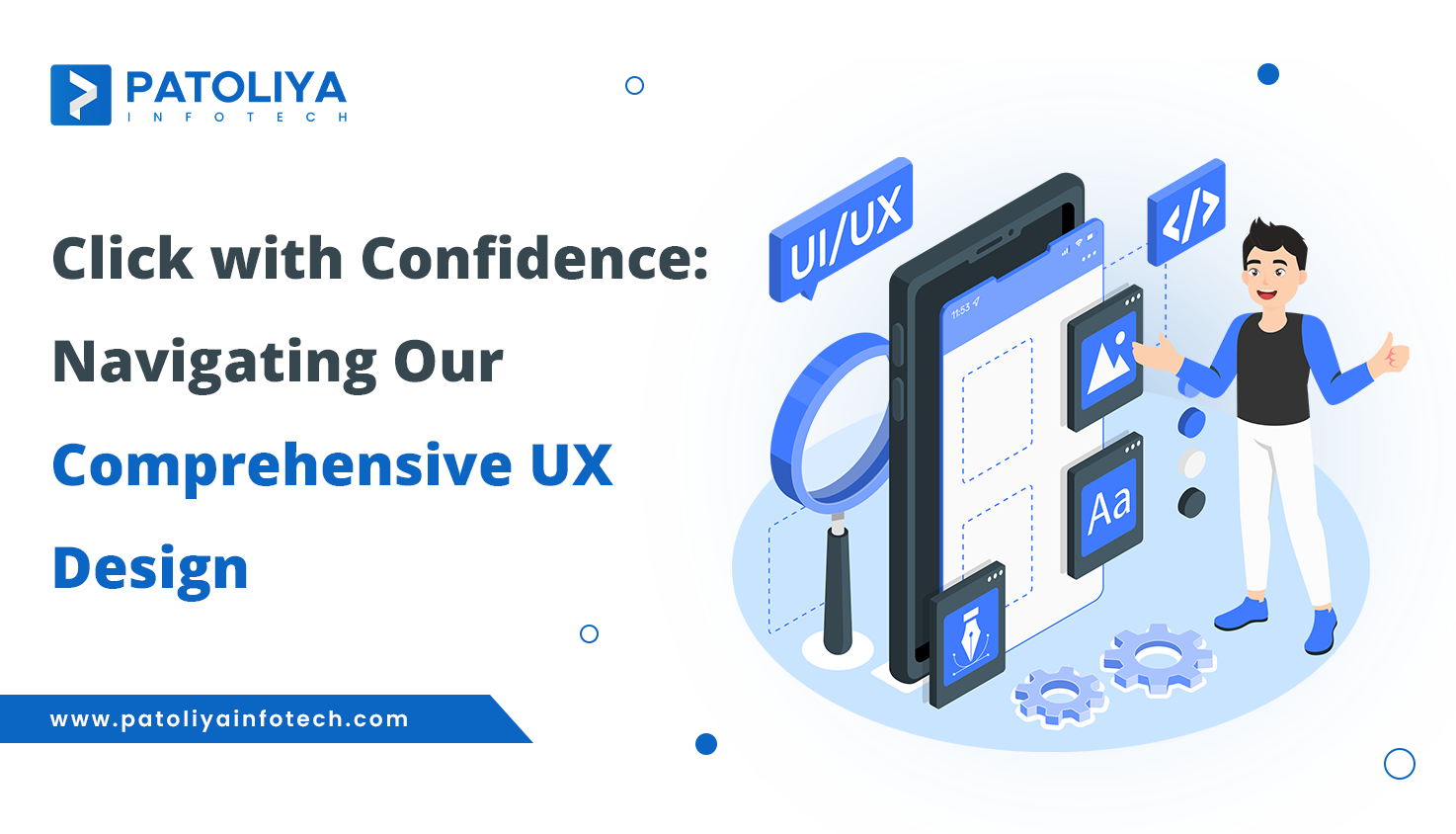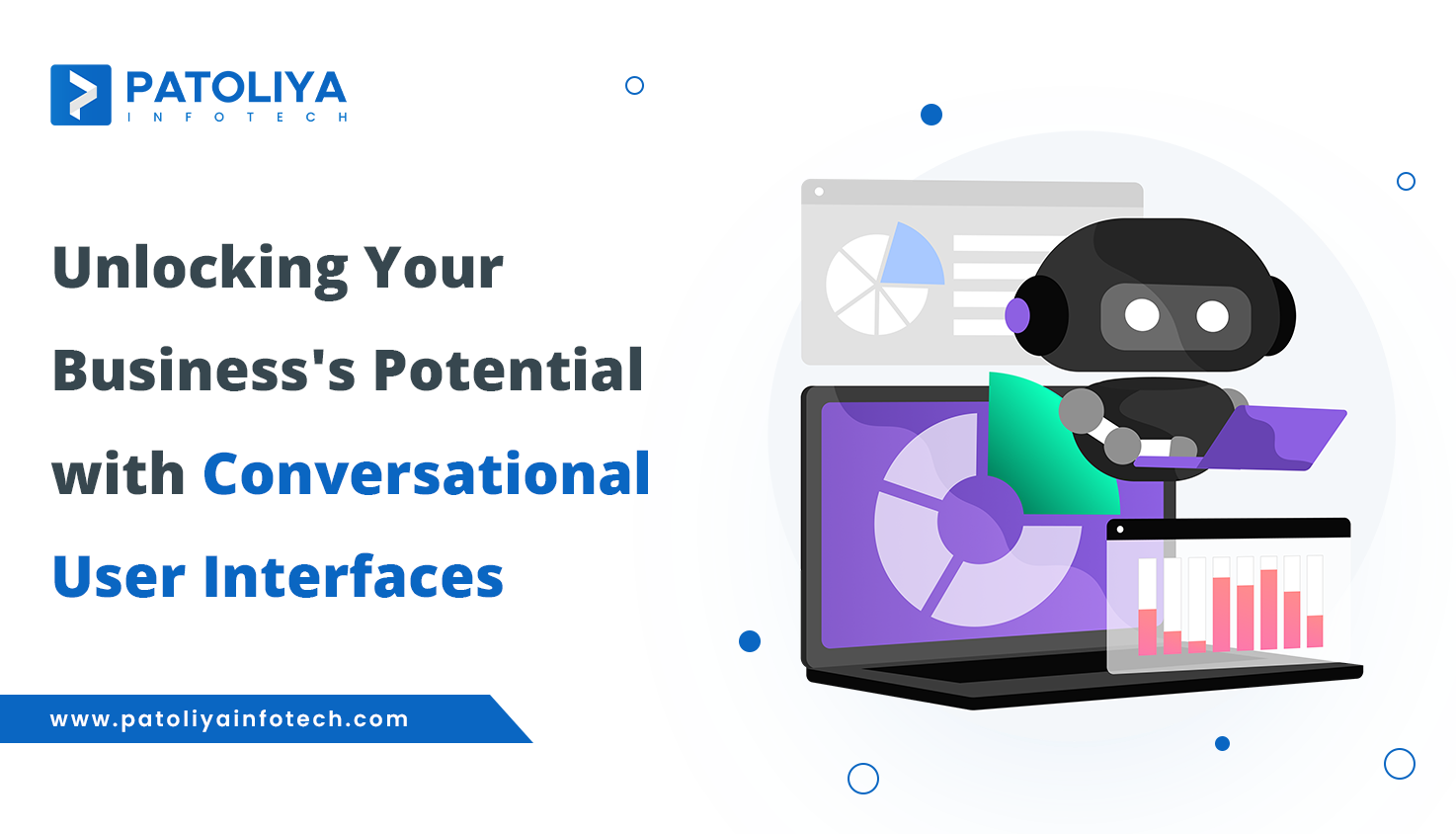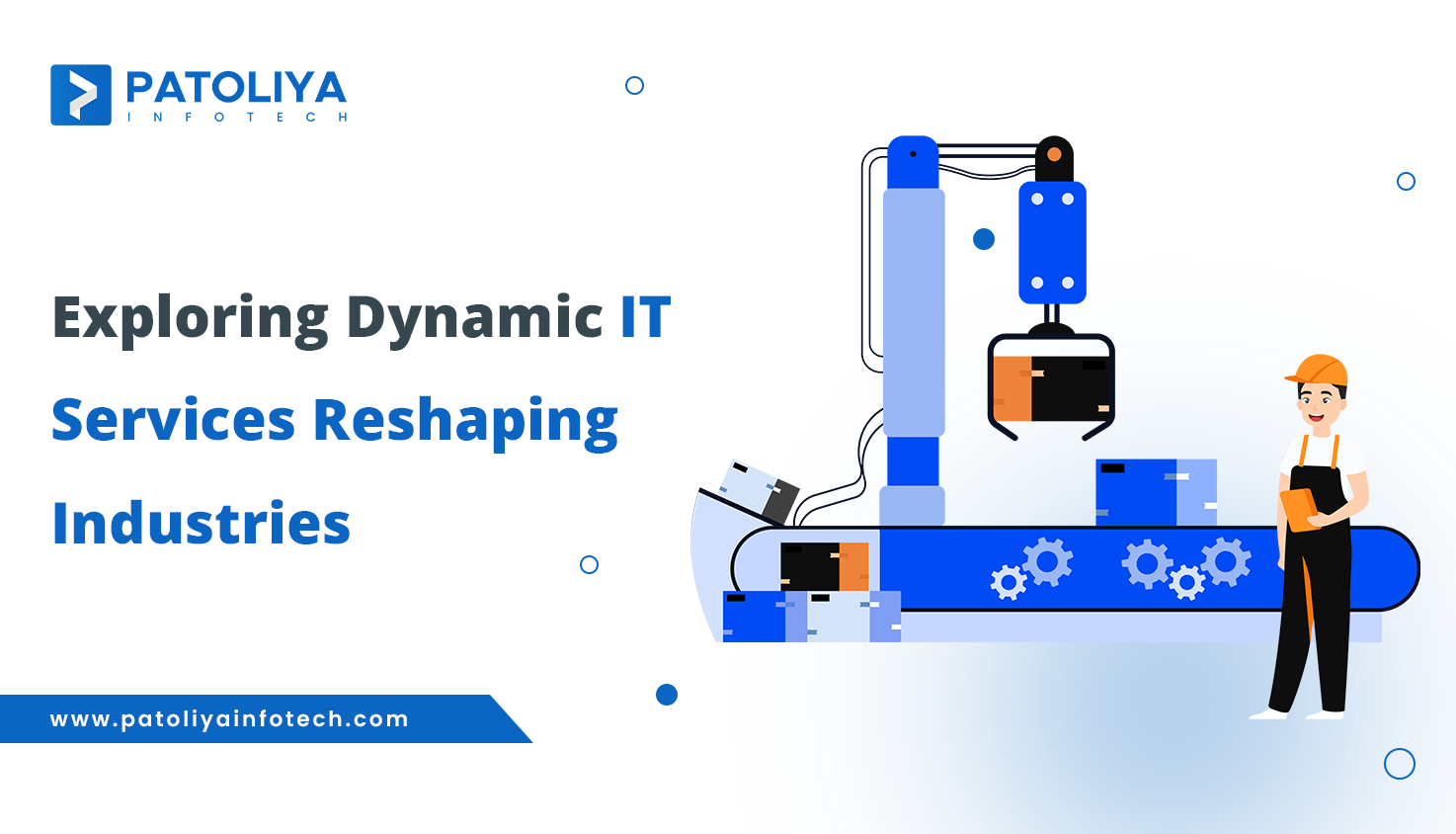Exploring Revolutionary Trends in SaaS UX Design

Forget boring SaaS products that leave users frustrated and clicking away. In tech-savvy world, Software as a Service (SaaS) is all about the experience.
Just like a captivating story, engaging interfaces and intuitive workflows are essential to win over users and keep them coming back for more.
But the UX landscape is constantly evolving, so how do you stay ahead of the curve and deliver experiences that blow users away? Buckle up, because we're about to unveil the hottest trends reshaping SaaS UX design.
First things first: Why does UX matter so much in SaaS? Imagine struggling to find a feature, getting lost in menus, or facing confusing error messages.
Not exactly recipe for user love, right? Well-designed UX solves these problems, creating intuitive interfaces that flow seamlessly, making users feel empowered and in control.
This translates to happy users, higher adoption rates, and ultimately, booming business. So, now that you're convinced, let's dive into the exciting world of future-proof SaaS UX Design:
Emerging Trends in SaaS UX Design
1. AI Whispers Sweet Personalization:
Remember that friend who always recommends the perfect movie? AI in SaaS UX does the same, but for your software experience. By analyzing user data and behavior, AI delivers customized recommendations, content, and features, making users feel like the product is speaking their language.
Imagine a project management tool suggesting tasks based on your past workflows, or a learning platform recommending courses tailored to your interests. That's the magic of AI personalization in action.
2. Speak Up, Users Are Listening:

Forget clunky keyboards and endless typing. Voice-enabled interfaces are taking the center stage, allowing users to interact with SaaS products through natural language commands.
Imagine dictating notes in a note-taking app while on the go, or issuing voice commands to manage tasks in your project management tool. This hands-free, intuitive interaction makes SaaS more accessible and user-friendly than ever before.
3. Augmented Reality:
Blurring the Lines Between Real and Virtual: Forget flat screens and static data. Augmented Reality (AR) is weaving virtual elements into the physical world, creating immersive experiences that transform how users interact with SaaS.
Imagine visualizing complex data sets in 3D, or seeing how a new furniture piece would look in your living room before you buy it. AR enhances engagement, understanding, and ultimately, user satisfaction.
4. One App, Many Devices:
The Seamless Experience Reigns Supreme: Gone are the days of struggling with different interfaces on different devices. Responsive design and cross-platform frameworks are ensuring a consistent and seamless user experience, no matter if users are on their desktops, tablets, or smartphones.
Engage with What is the need of Interactive Website Design?
This removes friction and frustration, allowing users to access their SaaS tools anytime, anywhere, without missing a beat.
The Process of a SaaS UX Design Masterpiece
SaaS UX design isn't just about making things pretty; it's about crafting an experience that feels effortless, intuitive, and downright delightful for your users.

But how do you get there? Let's embark on a voyage through the fascinating process of crafting a stellar SaaS UX Design:
Beginning Your Journey
Understanding Your Users It all starts with empathy. Who are your users? What are their goals, needs, and pain points? Conduct user research through surveys, interviews, and usability testing to chart their course. Understand their mental models, how they navigate through tasks, and what frustrates them along the way.
Planning Your Path
Information Architecture Now, you have what the user wants. It's time to structure the information within your SaaS product. This involves defining the hierarchy of content, navigation systems, and information flow. Think of it as building the roads and bridges that connect your users to their destinations.
Setting Boundaries
Prototyping Let's build a rough sketch of your design. Wireframes are low-fidelity mockups that showcase the basic layout, information flow, and functionality. Get user feedback early and often on these wireframes to iterate and refine the course before investing in high-fidelity designs.
Making Your Ideas Real
Visual Design Visual design adds the aesthetics and personality to your UX. Choose a color palette, typography, and visual elements that align with your brand and resonate with your users. Remember, visual design isn't just about making things look nice; it's about guiding users through the experience intuitively.
Improving Your Progress
Usability Testing Is your design worthy? Put it to the test! Conduct usability testing with real users to identify any usability issues, or unclear functionalities. Iterate and refine based on their feedback to ensure your users have a smooth and enjoyable voyage.
Starting and Continuing
Iteration and Optimization The Design is ready, But your job isn't over. Gather user feedback, track analytics, and conduct A/B testing to continuously optimize your UX. Remember, the SaaS world is dynamic, so your UX needs to evolve with changing user needs and technological advancements.
You can also check Finding the Perfect Software Development Companies.
Wrap Up
Designing user experiences for software as a service is a dynamic field that presents innovative concepts to revolutionize how users interact with technology.
Including personalized AI suggestions, smart voice-enabled interfaces, immersive augmented reality experiences, and seamless cross-platform accessibility, SaaS solutions can offer engaging and wonderful user experiences.
These trends are more than simply buzzwords; they are critical building blocks for keeping ahead in the competitive market and generating long-term success.
These trends are more than simply buzzwords; they are critical building blocks for remaining competitive and generating long-term success.
Crafting a stellar SaaS UX involves understanding users' needs, structuring information effectively, prototyping, refining through usability testing, and continuous iteration and optimization.


